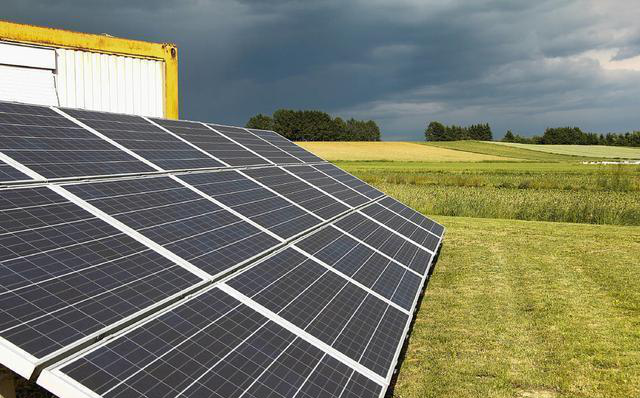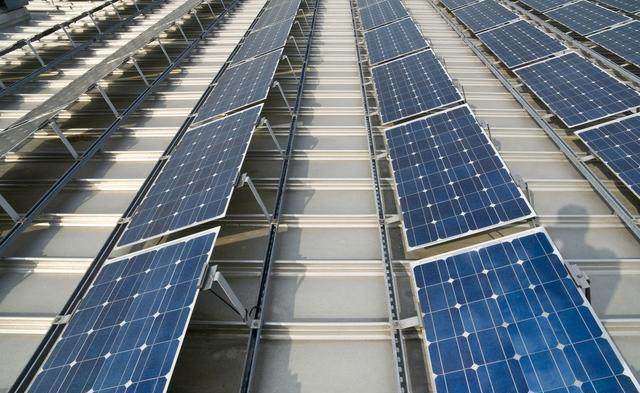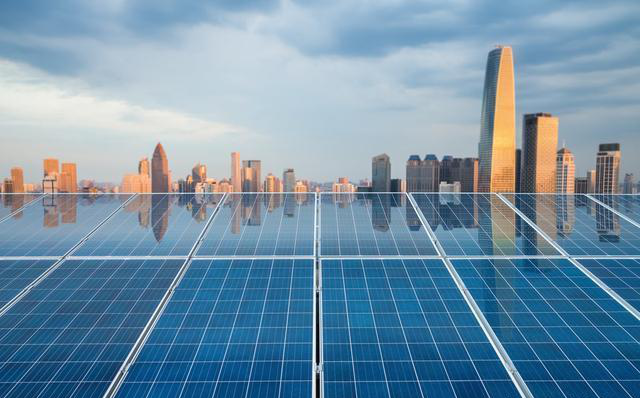
Solar photovoltaic power generation system consists of three parts: solar panels module; charge and discharge controller, frequency converter, test instrument and computer monitoring power electronic equipment and storage battery or other energy storage and auxiliary power generation equipment.
The solar photovoltaic power generation system has the following characteristics:
- No rotating parts, no noise
- No air pollution, no waste water discharge
- No combustion process, no fuel
- Simple maintenance and low maintenance cost
- Operational reliability and stability
- Long life of solar cells is the key component of solar cells. The life of crystalline silicon solar cells can reach more than 25 years.

It is easy to expand the scale of power generation according to need.
Solar systems are widely used. The basic forms of application of solar systems can be divided into two categories: on grid solar system and off grid solar system. The main application fields are space shuttle, communication system, microwave relay station, TV differential turntable, photovoltaic pump, power supply in power-free area and home. With the development of technology and the need of sustainable development of the world economy, developed countries have begun to systematically promote urban photovoltaic grid-connected power generation, mainly building residential roof photovoltaic power generation system and MW class centralized large-scale grid-connected power generation system. In terms of transportation and urban lighting, we will vigorously promote the use of solar photovoltaic systems.
The scale and application forms of solar system vary from 0.3-2W solar courtyard lamp to MW level solar photovoltaic power station, such as 3.75kWp household roof power generation equipment and Dunhuang 10MW solar systems project. Its application forms are diverse, and can be widely used in home, transportation, communications, aerospace and other fields. Although the size of solar system is different, its composition and working principle are basically the same.
Solar panels module matrix: Solar panels module (also known as photovoltaic cell module) is formed by series and parallel connection according to the system requirements, which converts solar energy into electric energy output under sunlight. It is the core component of solar photovoltaic power generation system.

Batteries: Store the energy generated by solar cell components. When the light is insufficient or at night, or the load demand is greater than the power generated by the solar cell module, the stored energy is released to meet the energy demand of the load. It is a solar photovoltaic storage system. Part of the ability. At present, solar panels systems are widely used in lead-acid batteries. For high-demand systems, deep discharge valves are usually used to regulate sealed lead-acid batteries and deep discharge aspiration lead-acid batteries.
Controller: It is the core control part of the whole system to regulate and control the charging and discharging state of the battery and control the power output of the solar cell module and the battery to the load according to the power demand of the load. With the development of solar photovoltaic industry, the function of controller is becoming more and more powerful. There is a tendency to combine traditional control part, inverter and monitoring system. For example, AES SPP and SMD series controllers integrate the above three controllers.

Inverter: In the solar photovoltaic power supply system, if the AC load is included, the inverter device converts the DC power generated by the solar cell module or the DC power released by the battery into the AC power required by the load.
The basic working principle of solar photovoltaic power supply system is that the charging battery can meet the load demand through the solar illumination under the control of the controller or under the condition of directly supplying the load. If the sunshine is insufficient or the battery is controlled by the controller at night. For photovoltaic systems with AC loads, additional inverters are needed to convert DC to AC. There are many applications of photovoltaic systems, but the basic principles are similar. For other types of solar systems, only the control mechanism and system components are different according to actual needs.